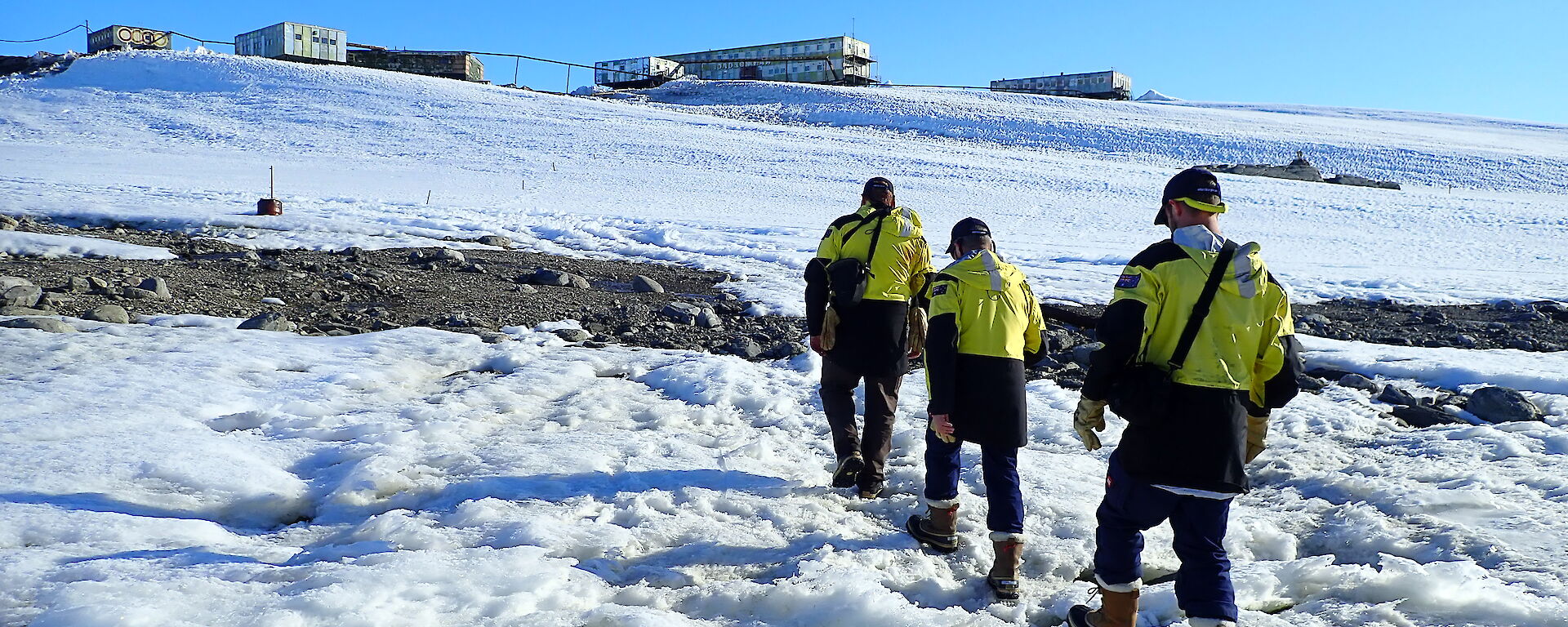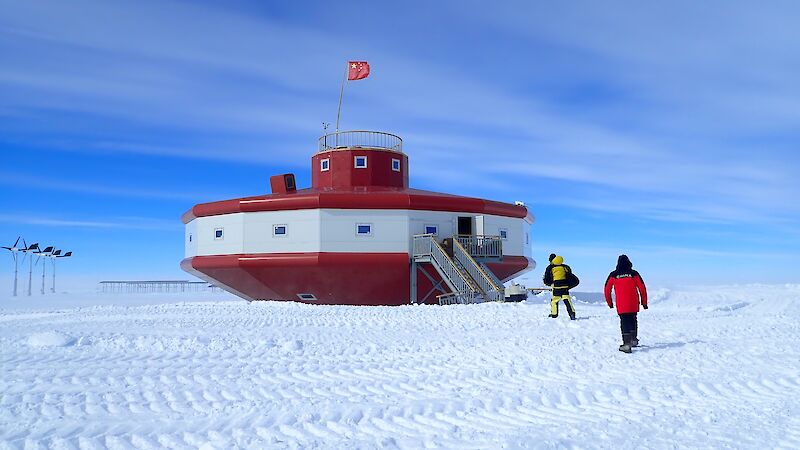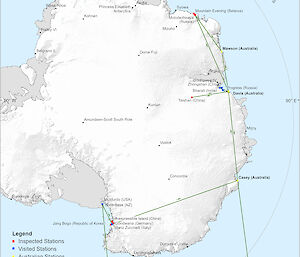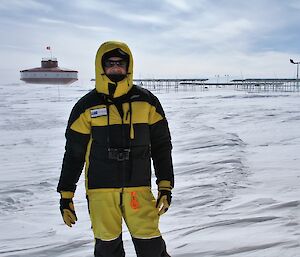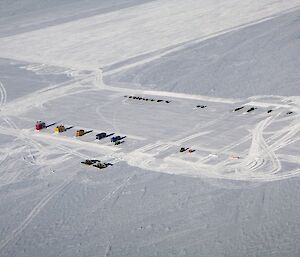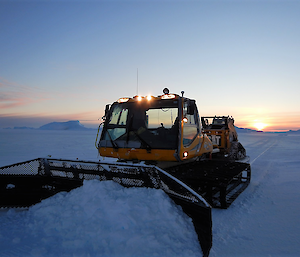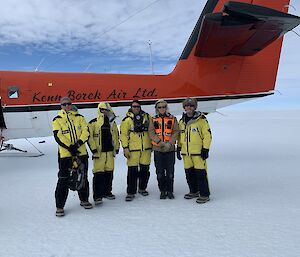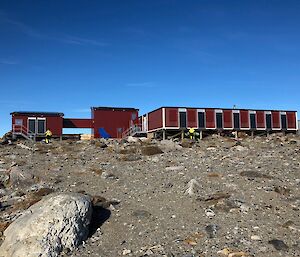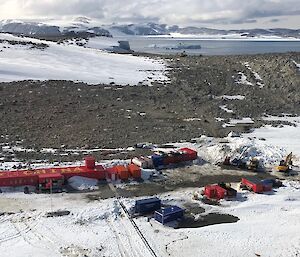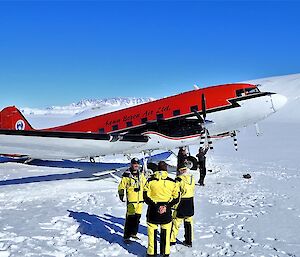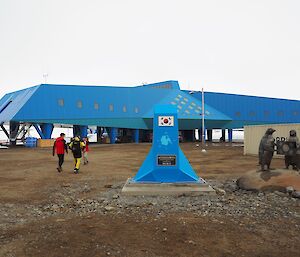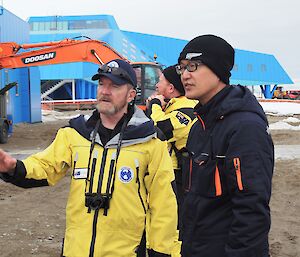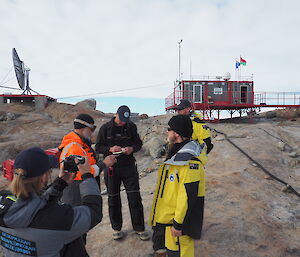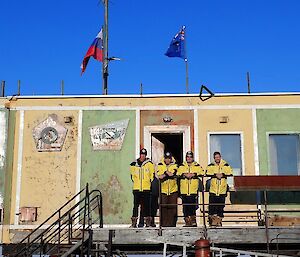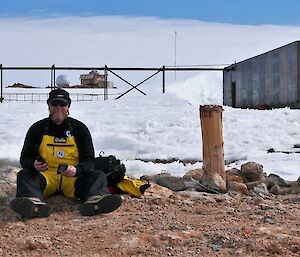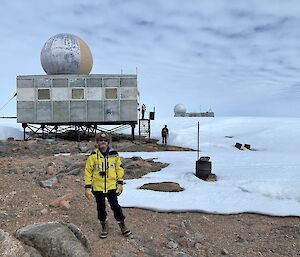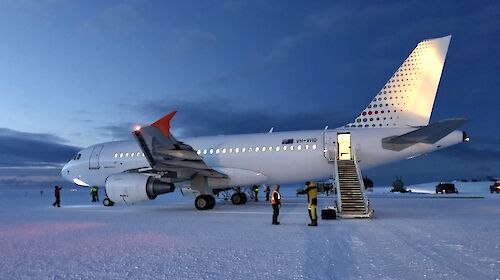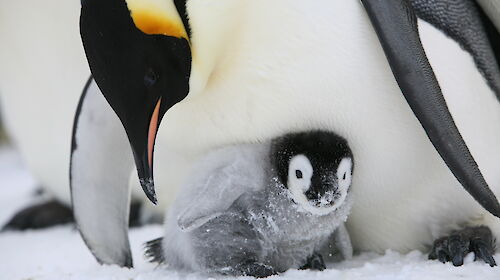In early 2020 a four-person team undertook official inspections of six stations, from the Republic of Korea, Germany, China, Russia and Belarus, and visited six stations operated by other nations, in east Antarctica and the Ross Sea region.
Over the last 60 years, Australia has conducted 10 inspections in Antarctica in support of the Antarctic Treaty and its Protocol on Environmental Protection.
AAD Director and team leader, Kim Ellis, said the inspections confirm compliance with Treaty requirements, including non-militarisation, scientific research and environmental protection.
“It’s much more than just checking on someone. It’s about reinforcing the collaborative and cooperative relationships we have,” Mr Ellis said.
“There was no part of any of the stations we went to where we were restricted in access, and we were bristling with cameras, we were really interested, we had a million questions.”
AAD Senior Policy Officer Dr Phil Tracey said station inspections under the Antarctic Treaty system provide an opportunity for parties to showcase their achievements and highlight their activities.
“Our broad findings were good. The places and programs we inspected were compliant with the fundamental requirements of the Treaty and the Environmental Protocol,” Dr Tracey said.
The governments of all nations involved had an opportunity to comment on the Australian report about their station inspections, and the final report was shared with all 54 Antarctic Treaty nations.
A number of stations were inspected for the first time – Korea’s year-round Jang Bogo Station; Belarus’ Mountain Evening station; China’s temporary facility on Inexpressible Island; and China’s seasonal Taishan station, 2600 metres above sea level and around 520 kilometres inland.
The team also conducted the first on-ground inspection of Russia’s Molodezhnaya since 1983. Formerly the USSR’s largest Antarctic station, much of Molodezhnaya is now unused and presents challenges for environmental clean-up and waste remediation.
"I think the whole operation in the Antarctic is built around the same spirit of cooperation and spirit of a single purpose that is the basis of the Antarctic Treaty system – this idea of peaceful, focused scientific research that actually benefits the preservation of the Antarctic and also global outcomes," Mr Ellis said.
"The reason we do these Treaty inspections is because it reinforces and provides emphasis to the Treaty system, and we saw that as a common theme in all of the places we went to."

